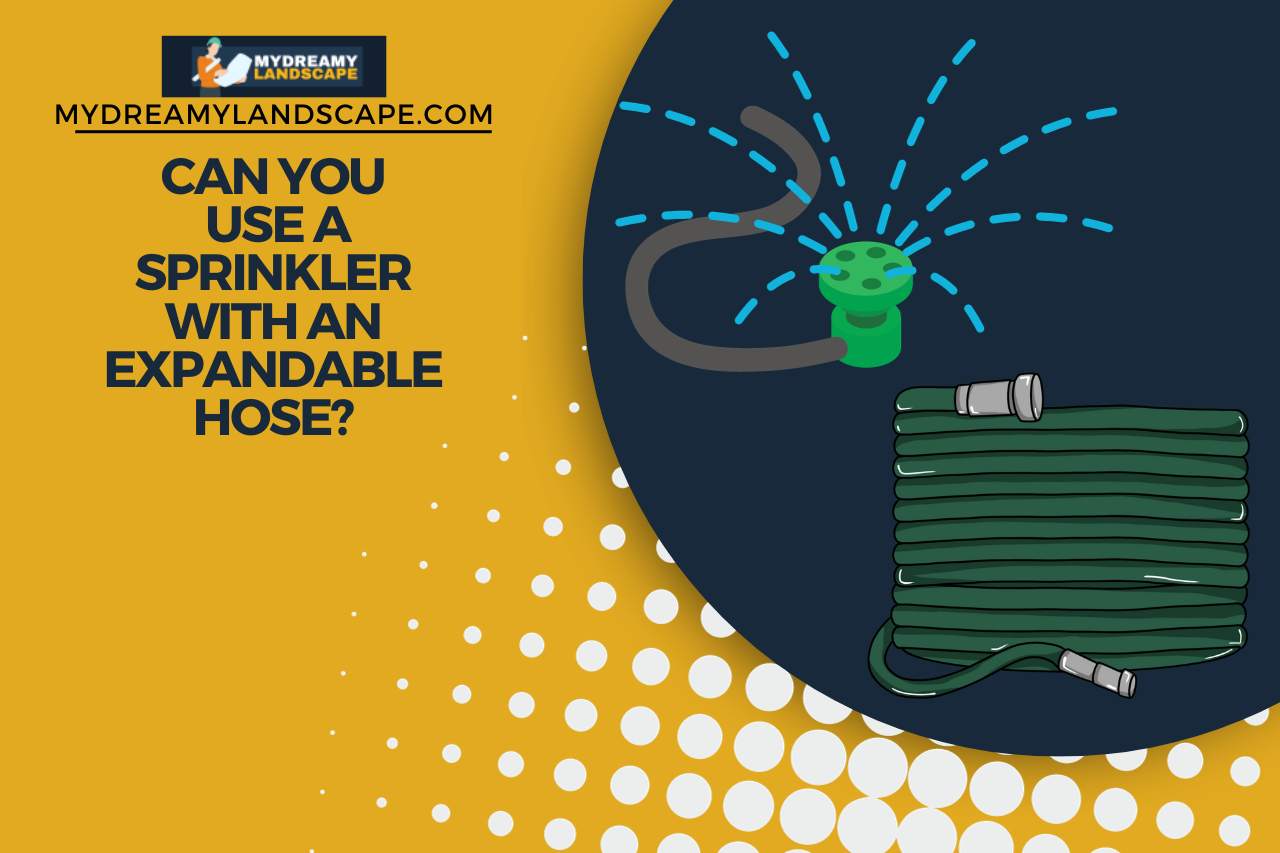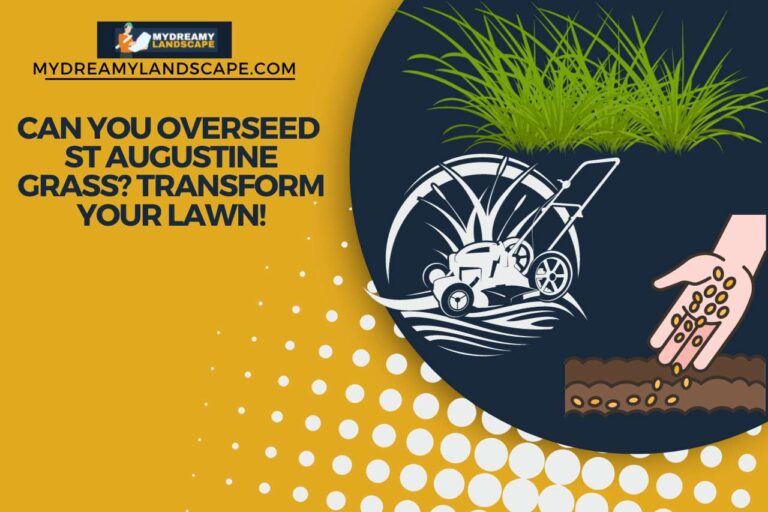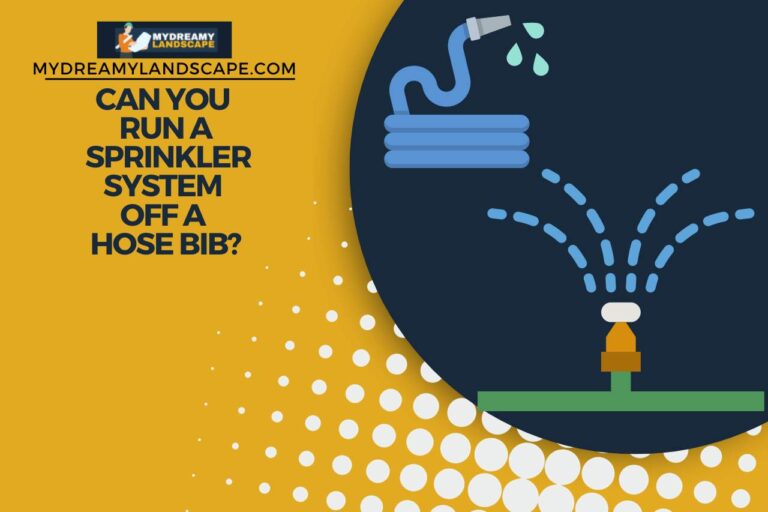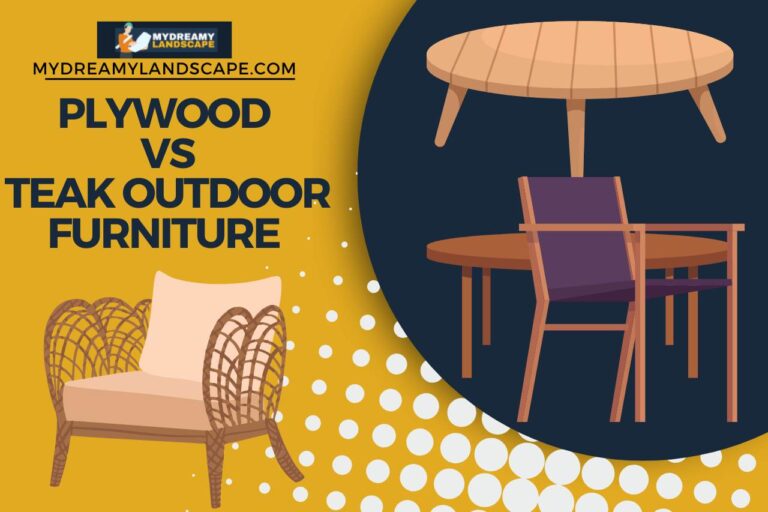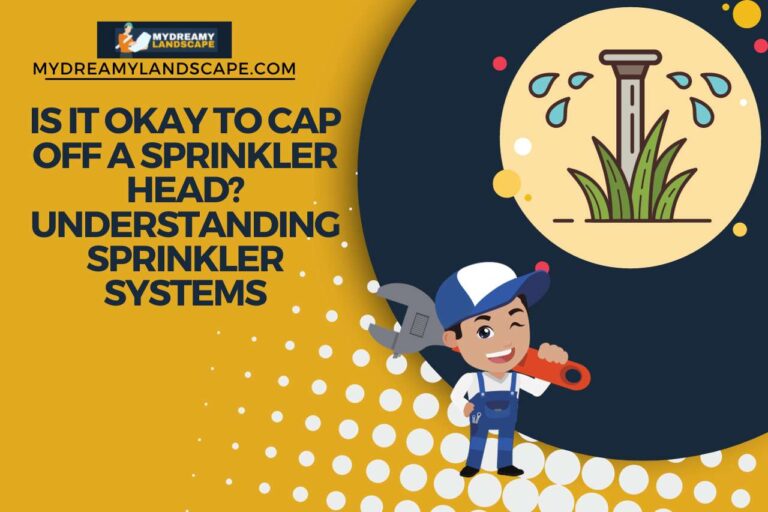Can you Use a Sprinkler with an Expandable Hose? [Pros and Cons]
Mastering the use of expandable hoses with sprinklers can significantly enhance your entire gardening experience, but have you ended up questioning yourself ‘Can You Use a Sprinkler with an Expandable Hose? If you do, you are at the right place!
Can You Use a Sprinkler with an Expandable Hose?
Yes, you can use any sprinkler with an expandable hose, but there are specific considerations for you to ensure effective operation. Here’s what you need to know:
Compatibility
Most expandable hoses are compatible with standard sprinkler systems. Ensure that the connections match and note that adapters may be needed for some of the sprinkler models.
Water Pressure Requirements
Expandable hoses work best when you are under certain water pressure ranges. Check the pressure requirements for both your hose and sprinkler to ensure that they are compatible. Insufficient pressure might not effectively expand the hose or operate the sprinkler correctly.
Hose Length and Expansion
Remember that the expandable hoses extend to the full length only when you have filled them with water. Choose any hose length that suits your garden size when you have them fully expanded.
Quality of Hose
Opt for a high-quality expandable hose that can withstand water pressure and frequent use, especially if you have planned on using the sprinkler regularly.
Sprinkler Placement
Position the sprinkler so that when you are expanding and contracting your hose, it doesn’t move from your intended spot.
Regular Checks
Regularly inspect the hose and sprinkler connections for any signs of leaks or wear, especially at the start and end of the watering season.
Pros and Cons of Using Expandable Hoses with Sprinklers
Using expandable hoses with sprinklers offers you several advantages but also comes with certain limitations. Here’s an overview:
Advantages:
- Ease of Storage: Expandable hoses are lightweight and retract to a compact size, making them easy for you to store compared to traditional hoses.
- Flexibility: They are more flexible and less prone to tangling or kinking, ensuring you have a hassle-free setup and operation.
- Ease of Handling: Their lightweight nature makes it easier for you to move them around the garden, ideal for those of you who find regular hoses cumbersome.
Limitations:
- Water Pressure Dependency: Expandable hoses require you to have a minimum water pressure to expand fully. Insufficient pressure may lead you to have poor sprinkler performance.
- Durability Concerns: They can be less durable compared to traditional hoses, especially when it’s cheaper models. Frequent expansion and contraction can lead you to wear over time.
- Length Limitation: While they can stretch significantly, their maximum length when expanded might not be adequate for any larger gardens.
- Compatibility Issues: Some sprinkler systems may require you to have a more robust water flow, which expandable hoses might not be able to provide you.
How to Select the Right Sprinkler for an Expandable Hose?
Choosing the right sprinkler for use with an expandable hose is crucial for you in effective garden watering. Here are the key considerations for making the right selection:
Water Pressure Compatibility
Since expandable hoses depend on the water pressure to function properly, ensure that the sprinkler you choose operates effectively within the pressure range provided by the hose. Some sprinklers require you to have a higher pressure for optimal performance.
Sprinkler Type
Different types of sprinklers, such as oscillating, stationary, or rotary, are suited for you to have different lawn sizes and shapes. Consider the coverage area and pattern of your sprinkler in relation to your garden’s layout.
Hose and Sprinkler Connection
Verify the connection type of the sprinkler. Most standard sprinklers should fit an expandable hose, but check yours for any need for adaptors.
Durability and Quality
Choose a sprinkler that is durable and able to withstand regular use, especially if the expandable hose is used frequently or if you are in a variety of weather conditions.
Adjustability and Control
Opt for a sprinkler with adjustable settings to control the water flow and coverage area, which can be beneficial for targeting specific sections of your garden.
Ease of Use and Setup
Consider sprinklers that are easy for you to set up and move around, complementing them to be lightweight and flexible in the nature of expandable hoses.
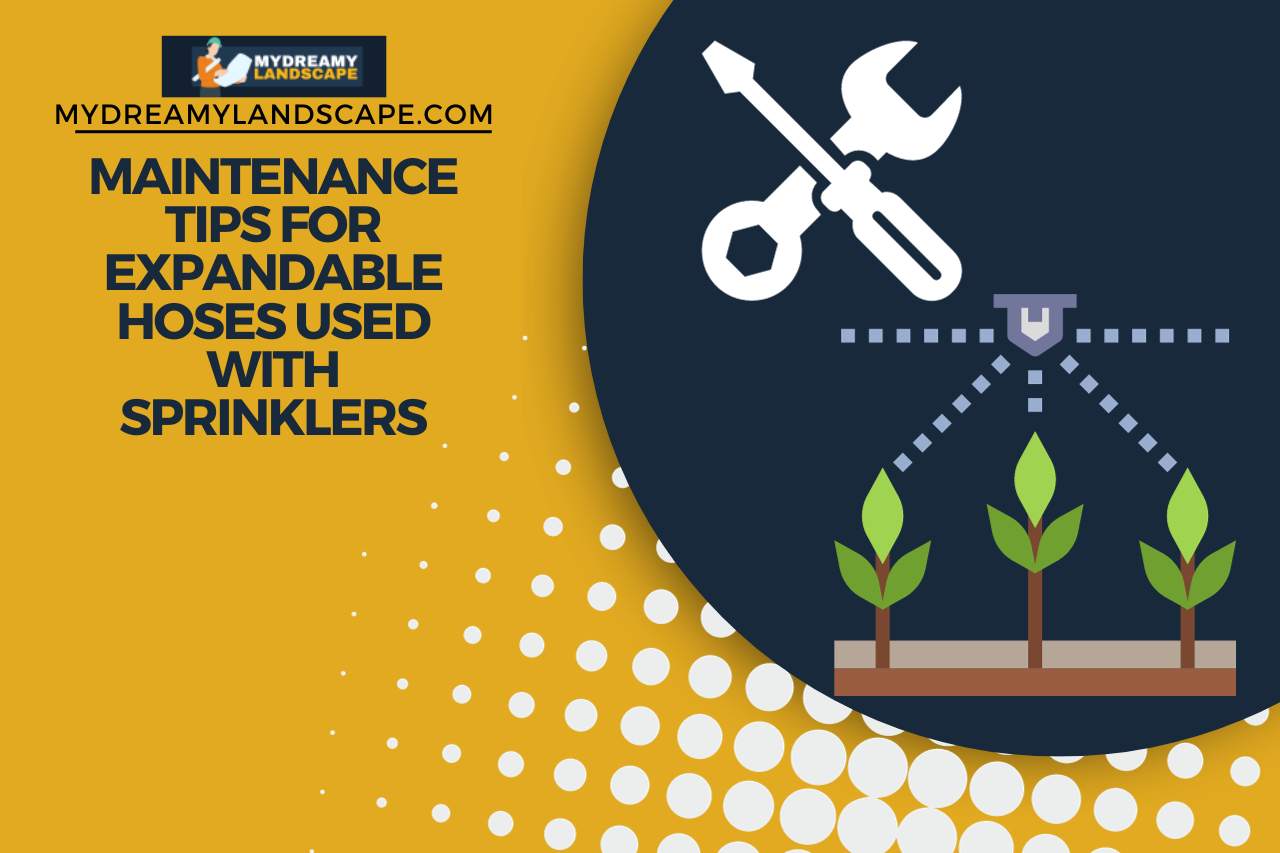
Maintenance Tips for Expandable Hoses Used with Sprinklers
Proper maintenance of expandable hoses used with sprinklers is essential for longevity and optimal performance. Here are some of our maintenance tips:
Regular Inspection
Periodically inspect the hose for any signs of wear, leaks, or damage. Pay special attention to the areas near the connectors and the hose fabric for any signs of tears or punctures.
Proper Water Pressure
Avoid exceeding the recommended water pressure for the expandable hose. Excessive pressure can lead you to have premature wear or even burst your hose.
Drain Hose After Use
Always drain the hose completely after you use it. Water left inside can stretch your hose unnecessarily and may lead you to damage.
Avoid Prolonged Sun Exposure
Store the hose out of direct sunlight when you are not using it. UV rays can degrade the hose material over time, reducing its lifespan.
Gentle Handling
Even though the expandable hoses are flexible, avoid pulling them over sharp objects or corners which can cause abrasions or tears.
Proper Storage
Throughout the colder months or when not in use for any extended periods, store the hose in a dry, cool place. Freezing temperatures can damage your hose material.
Clean Regularly
Keep the hose clean from dirt and grime, which can cause deterioration. Rinse it using clean water and dry it before you store it.
You May Also Like
- The Oscillating Sprinkler Stopped Moving – Keep It Oscillating!
- How to Find Buried Sprinkler Heads? Unearthing Your Lawn’s Hidden Assets
- How To Raise The Sprinkler Head? Elevate Your Lawn Care
- Sprinkler Head Not Rotating – (Causes and Solutions)
- Why does My Sprinkler Head Leak? Decoding the Mystery!
- Oscillating vs Rotary Sprinklers – Which Sprinkler is Right for You?
- Why is My Impact Sprinkler Rotating Slowly? Sluggish Sprinkler Solutions!
- How Do you Adjust Impact Sprinkler Rotation? Troubleshooting & Adjustment Tips!
- How Much Water does an Oscillating Sprinkler Use Per Minute? Eco-Friendly Lawn Care
- Can you Connect Two Oscillating Sprinklers Together? Mastering Multi-Sprinkler Setup!
- How Do you Control an Oscillating Sprinkler? (Step-by-Step Guide)
